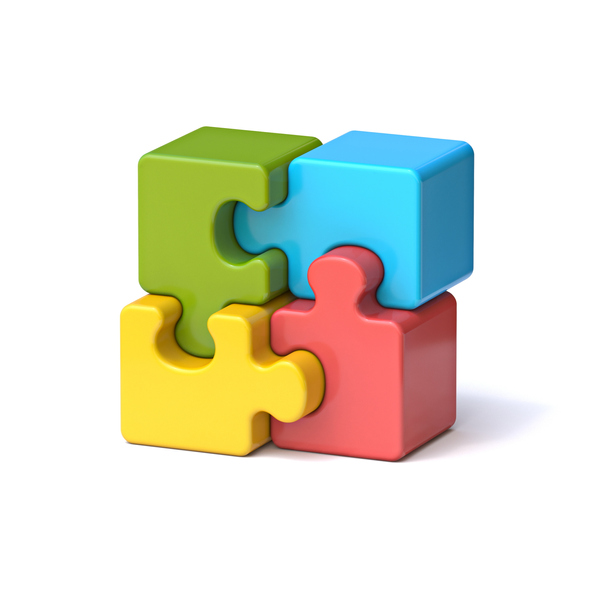CP - Cerebral Palsy
Cerebral palsy (CP) with therapeutic thinking and advanced treatment
The setting of therapeutic goals is intended to help the body maximize motor and functional achievements. A key therapeutic goal is the acquisition of movement components in the highest possible quality for the achievement of functional abilities.
In our treatment, we place special emphasis on the motor and sensory system responsible for achieving and internalizing stability capabilities in children with cerebral palsy, and the understanding of the need for the same form of thinking and treatment for motor delay when the background that led to it is unclear.
After the brain damage, which in itself does not change, the body is forced to cope with the deficiency it left behind.
The field of pediatric physiotherapy presents a number of not insignificant therapeutic interventions, the level of evidence for most of which is low to very low. When an editorial article on cerebral palsy uses the title "The Emperor is Naked", it is likely that the realization of this has actually started a positive movement in the field of research related to rehabilitation for children with cerebral palsy.
Here is a clear statement about the need and knowledge that it is possible and desirable to produce better research, and the presentation that if the foundations on which we rely are shaky, we must improve.
In this area of interest, there will be a look at different therapeutic interventions and questions and questions from the world of physiotherapy, not only, for children with cerebral palsy, and on research evidence and their level of foundation.
It will also be clarified why there is a fundamental and essential need for clear rehabilitation and therapeutic thinking, which will be aimed at specific adaptation to the patient and his family. Why the model, based on targeted parental guidance at all stages of treatment, will lead to the efficient and correct maximization of the possibilities for achieving a quality of life for the family and the child with cerebral palsy.
Cerebral palsy is the same disability that characterizes the largest number of children with the greatest motor and functional limitation. Two out of a thousand births receive a diagnosis of cerebral palsy. Recent articles present a broader view of the disability, which also includes reference to the genetic component as a cause.
Therefore, it is likely that this disability will continue to appear and will affect the lives of many families. Changing definitions or classifications of groups within the disability, probably, will not change the thinking and treatment of these children. It is possible that we will need to develop additional models in addition to ICF, which will allow for diagnosis, treatment, follow-up and research, which will support the acceptance and understanding of the intervention required for the child and his family.
Without going into the specific definition of cerebral palsy, it is important to remember that the definition is accompanied by an impairment in the ability to establish a normal developmental trajectory, and the neuro-developmental impairment will accompany the child and his family throughout their lives.
Therefore, therapeutic interventions must create a framework that will bring out the different personal strengths of each child and his family. With the understanding that a diagnosis of cerebral palsy does not only bring with it a motor difficulty, it is possible to look holistically at the way of dealing with and treating, knowing that each patient is unique and special.
In coming up with the right way of intervention, we must ask some questions:
- Is there a need for the rehabilitation model to which we refer?
- What is the way in which treatment goals are chosen, and what is considered therapeutic success?
- Do the studies succeed in supporting the therapeutic interventions that are used?
- Emphases and guidelines for treatment - are they enabling and aimed at achieving the best possible quality of life for the patient









